Our Estate
Our Vineyard
Our family members are very connected to their land and their terroir. We are certified HVE 3, the highest level of label ‘High Environmental Value’, a testimony to our commitment to sustainable agriculture and environmental preservation practices.
Characteristics of our terroir:
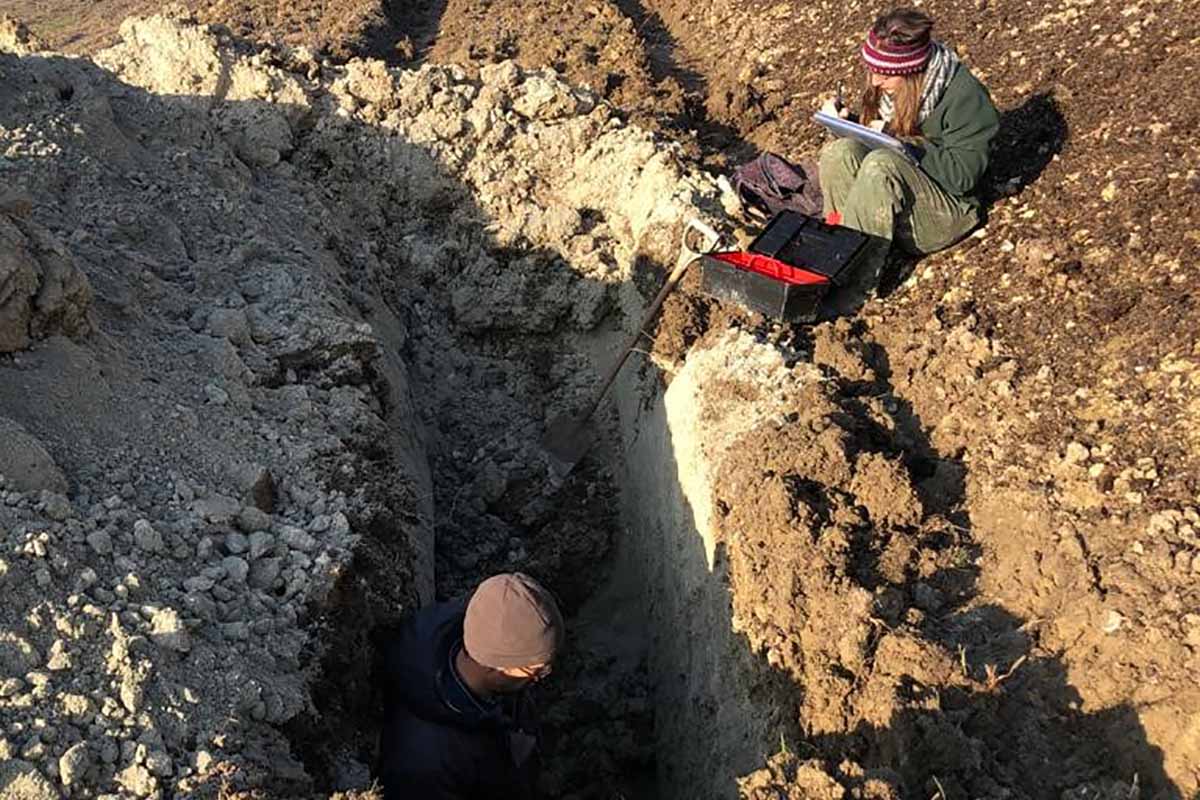
SOIL
Our vineyard is located on the ‘Côteaux de l’Entre-deux-Mers’ (slopes). This region is naturally bounded by 2 rivers: the Dordogne to the north and the Garonne to the south. The Dordogne and its many tributaries have shaped the wine-growing landscape over time, which is now made up of valleys, hills, and plateaus. Rivers and streams drain the subsoil of the vineyard.
In terms of geology, our vine plots are located on 3 types of basements dated from Oligocene epoch, in chronological order: ‘molasses du Fronsadais’ (sand, sandstones and shales, from the region of Fronsac), clays and limestones of Castillon, as well as ‘molasses de l’Agenais’ (brown clay with a loamy appearance, from the region of Agen). Over the 2 types of molasses, at the soil level, we can find ‘boulbènes’ (sandy clay soil also used in pottery) and over the Castillon limestones, we can find clay-limestone soils.
The quality of our soils along with the significant presence of clay are undeniable assets to deal with water stress, a recurring situation in recent years, especially due to global warming.
CLIMATE
In this hilly landscape, our vines are planted between woods and meadows, on one of the highest plateaus of Gironde, more than 100 meters above sea level: they benefit from excellent exposure to the sun and from cooler temperatures. In addition, since they grow on hillsides, the runoff of rainwater allows them to avoid excess water in winter and spring. Due to their proximity with the Atlantic Ocean, our vines grow in a temperate/oceanic climate, which features cool summers and winters with a narrow annual temperature range. Between the two large bodies of water (Dordogne and Garonne rivers), as well as the many streams surrounding our vineyard, our vines enjoy a mild microclimate with good humidity. These are ideal conditions for the development of plant material, allowing us to reach the perfect ripeness for our wine making grapes.
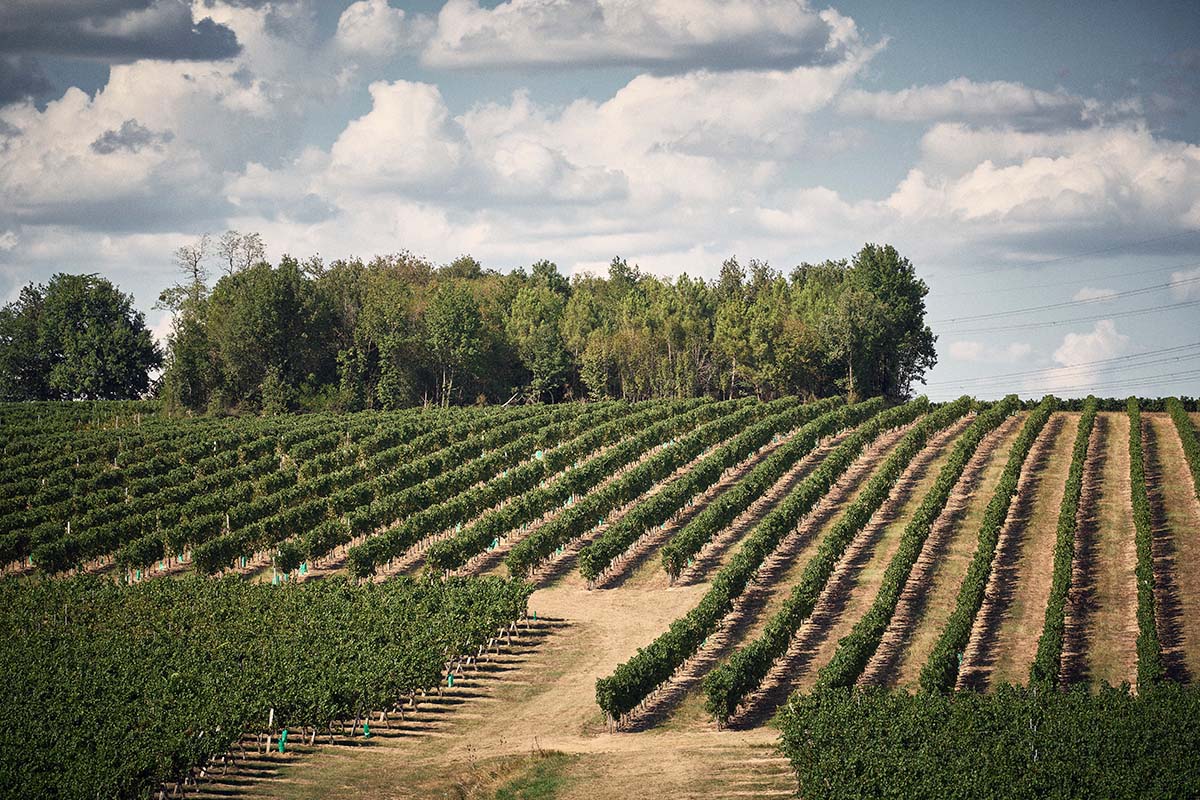
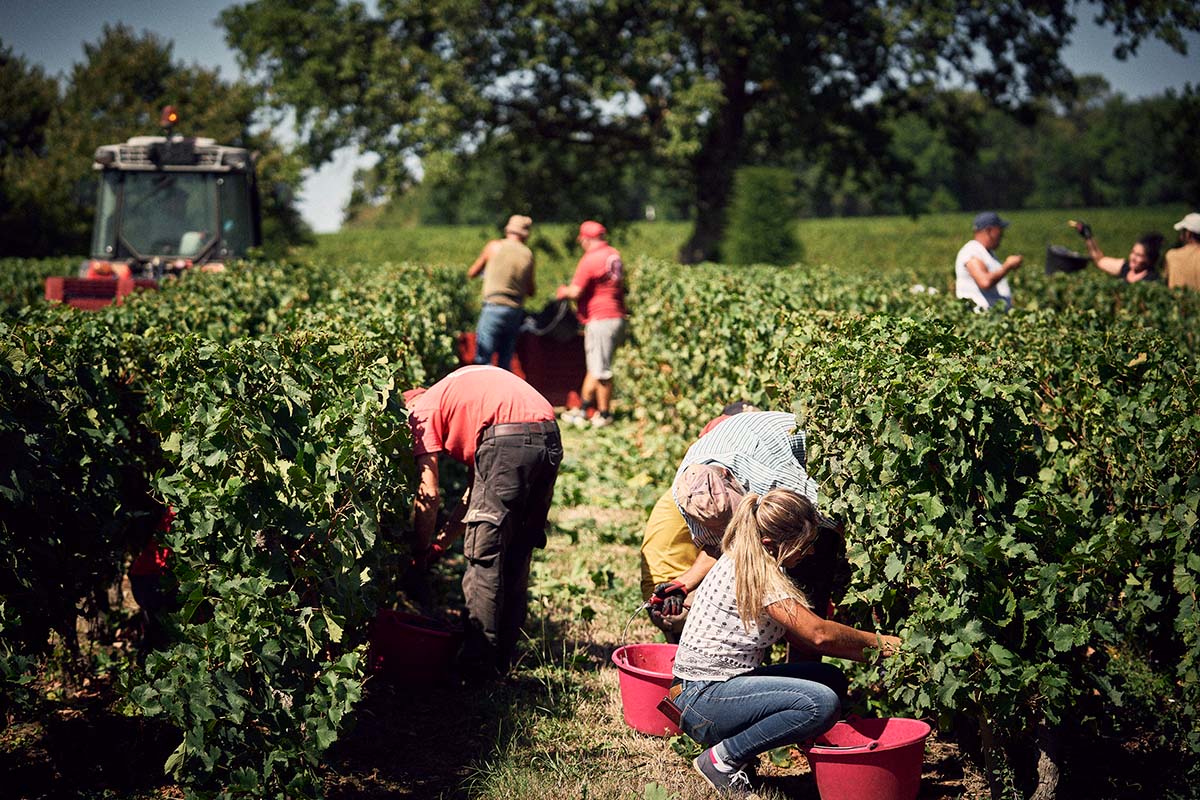
FARMING PRACTICES
We use the Guyot pruning system for a better distribution of the grapes in the fruit zone: either Single Guyot (1 fruiting arms along the main wire) and Double Guyot (2 fruiting arms along the main wire). We use natural grass between the vine rows, to avoid erosion and bring some competition to the vine, which will be forced to draw its resources deep down, with its roots.
To produce high-quality grapes, we strip the leaves from the fruit zone (on the rising sun’s side) on the vines intended to produce red wines. This way, we offer a better sun exposure to the grapes, an essential condition for their ripening.
Today, the family’s Estate vineyard covers 395 hectares (976 acres), under 3 appellations:
311 HECTARES/768 ACRES IN AOP BORDEAUX
Château Talmont
Château Bel-Air
Château Segonzac la Forêt
80 HECTARES/198 ACRES IN IGP ATLANTIQUE
HECLA Range
4 HECTARES/10 ACRES in VIN DE FRANCE*
Closerie VITIS ARBOR
* growing biodynamically
Today, the family’s Estate vineyard covers 395 hectares (976 acres), under 3 appellations:
311 HECTARES/768 ACRES IN AOP BORDEAUX
Château Talmont
Château Bel-Air
Château Segonzac la Forêt
80 HECTARES/198 ACRES IN IGP Atlantique
HECLA Range
4 HECTARES/10 ACRES IN VIN DE FRANCE
Closerie Vitis Arbor*
* growing biodynamically
The family vineyard is made up of:
- 75% of red grape varieties, typical from Bordeaux: Merlot, Cabernet Sauvignon and Cabernet Franc
- 25% of white grape varieties: mainly Sauvignon Blanc and Sémillon, but also Colombard, Muscadelle, Sauvignon Gris and Ugni Blanc.
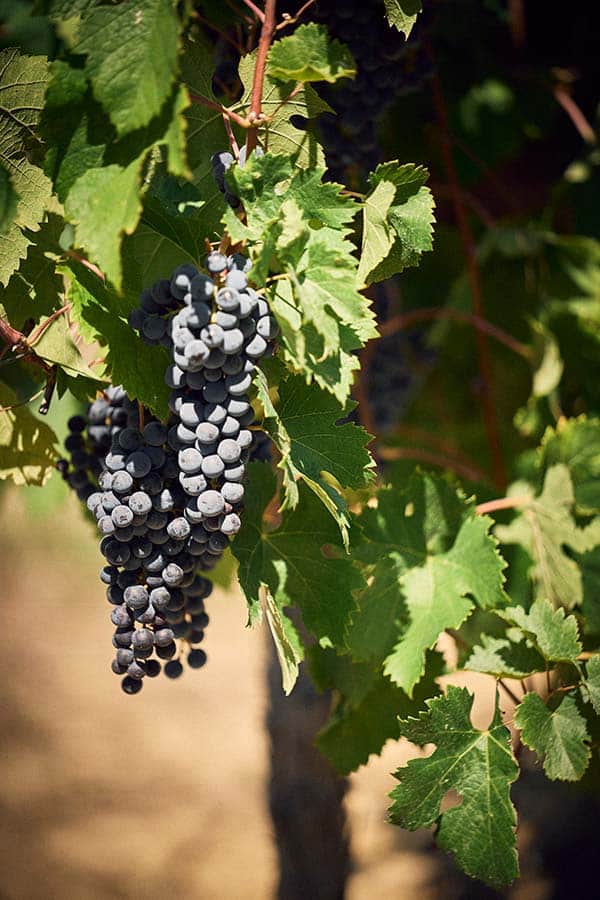
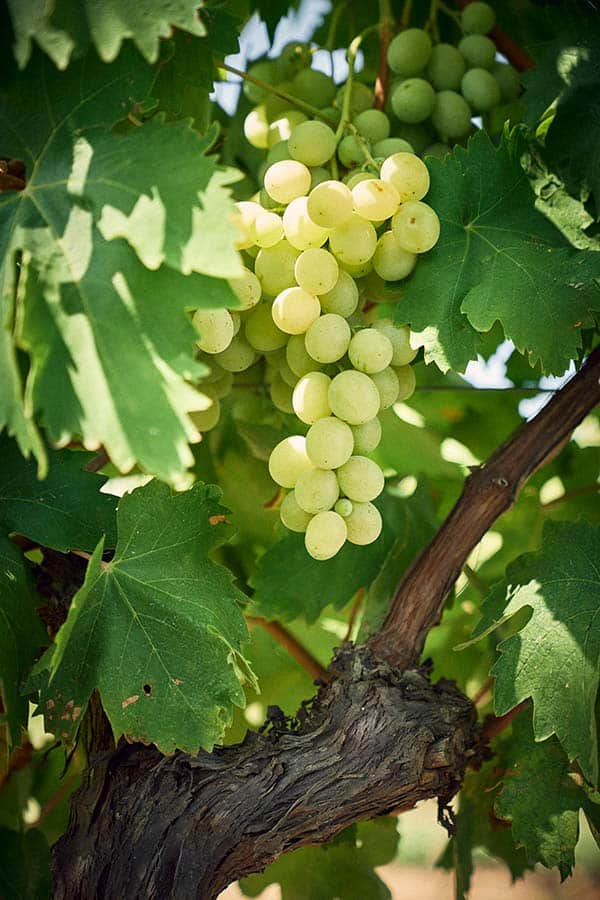


The family vineyard is made up of:
- 75% of red grape varieties, typical from Bordeaux: Merlot, Cabernet Sauvignon and Cabernet Franc
- 25% of white grape varieties: mainly Sauvignon Blanc and Sémillon, but also Colombard, Muscadelle, Sauvignon Gris and Ugni Blanc.


The family vineyard is made up of:
- 75% of red grape varieties, typical from Bordeaux: Merlot, Cabernet Sauvignon and Cabernet Franc
- 25% of white grape varieties: mainly Sauvignon Blanc and Sémillon, but also Colombard, Muscadelle, Sauvignon Gris and Ugni Blanc.
There are no great wines without great grapes.
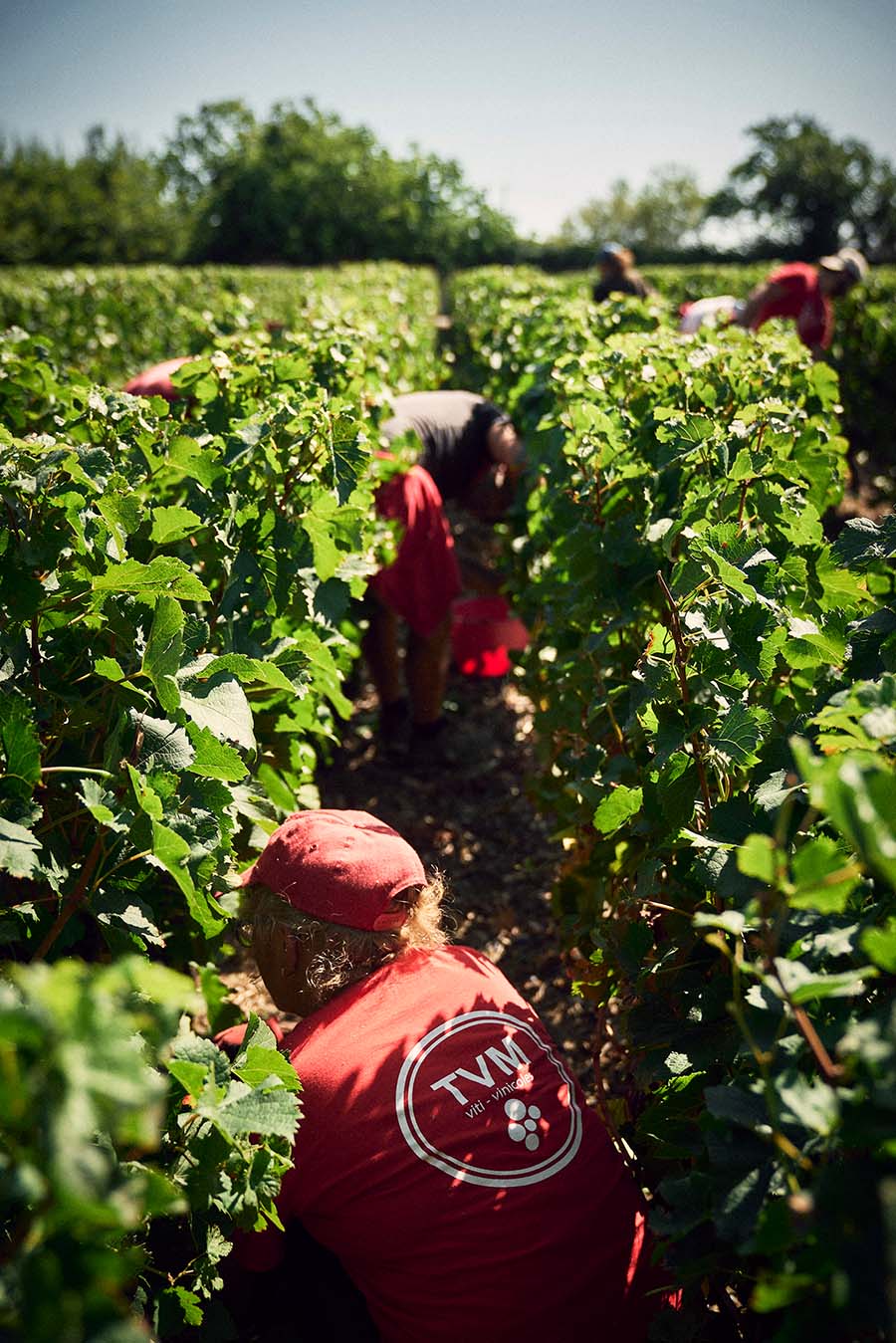
There are no great wines without great grapes.
In addition to our winemaking activity, we also manage SARL TVM, a vineyard-management company offering a variety of services including planting, trellising, vine handwork, maintenance, harvesting and more ( www.travaux-viticoles-mourgues.fr ).
TVM’s structure allows for maximum communication and flexibility, and to be proactive in helping our clients produce the highest quality grapes. Our responsiveness and competence ensure the trust of prestigious Châteaux in SAINT ÉMILION and in the MÉDOC wine regions.
Among our clients, we are proud to work with:
◆ Château Angélus
◆ Château Batailley
◆ Château Bellefont-Belcier
◆ Château Canon
◆ Château Larcis Ducasse
◆ Château Laroque
◆ Château Pavie Macquin
◆ Château Yon-Figeac
◆ And many more …